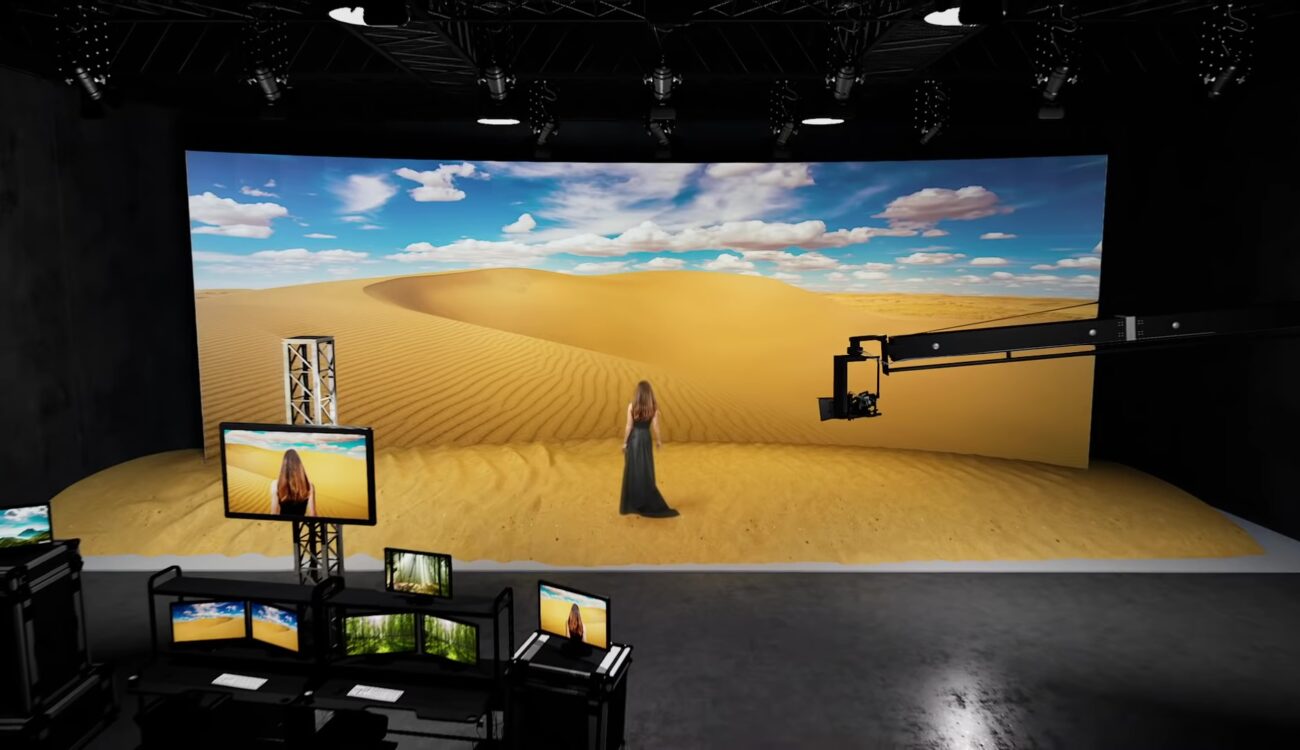Investigating The Way Resolution Affects the Performance and Aesthetic Caliber of LED Screens in Modern Display Techniques
Investigating The Way Resolution Affects the Performance and Aesthetic Caliber of LED Screens in Modern Display Techniques
Blog Article
Light Emitting Diode screens are becoming more and more common in various environments, including concerts and sports competitions to business presentations and creative installations. One of the key crucial elements that influence the performance and image clarity of these displays is image clarity. Image resolution refers to the number of pixels that compose the image on the screen. Increased resolution indicates more picture elements, which can result in clearer and clear images. Grasping how image clarity impacts LED walls can help users make knowledgeable decisions about their display requirements.
When talking about image clarity, it is crucial to take into account picture spacing, which is the distance between the center of one pixel to the center of the next pixel. A smaller pixel pitch results in a higher resolution, allowing for more detail in the images displayed. For example, an LED wall with a picture spacing of 1.5mm will offer a clearer visual than one with a pixel pitch of 3mm. This is especially important in environments where audiences are near to the display, such as in a compact venue or a trade event booth. In these cases, a greater image clarity can greatly improve the observing quality.
Another factor of image clarity is its effect on hue precision and luminosity. LED walls with read this article greater image clarity often have superior hue rendering, indicating that the hues shown are more vibrant and true to life. This is crucial for applications like advertising, where the goal is to attract attention and communicate a message effectively. Additionally, higher resolution displays can maintain brightness levels even when viewed from various perspectives. This is important in large venues where viewers may be positioned at various ranges and positions from the screen.
The performance of LED walls is also affected by image clarity in terms of update frequencies and reaction times. A higher resolution screen can handle faster update frequencies, which is crucial for fast-moving material such as films and animations. This means that the images on the screen will appear smoother and more fluid, enhancing the overall observing experience. In contrast, lower resolution displays may struggle with dynamic material, resulting in fuzziness or lag. Therefore, for occasions that depend on dynamic visuals, choosing a screen with a appropriate image clarity is vital.
In summary, image clarity plays a crucial role in defining the performance and visual quality of LED screens. Elements such as pixel spacing, hue accuracy, luminosity, update rates, and reaction times all contribute to how efficiently a display can convey information and engage viewers. As technology continues to advance, understanding these factors will assist operators choose the right LED screen for their specific requirements, guaranteeing that they obtain the best possible results in their presentations and events.